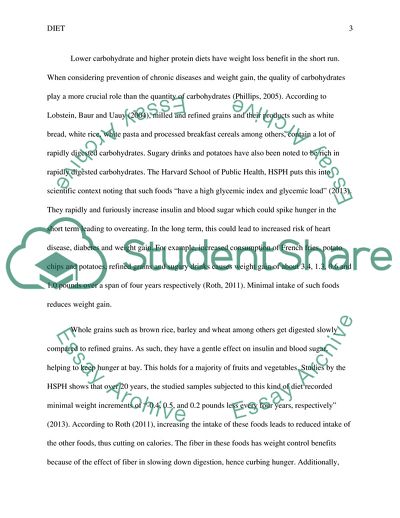Cite this document
(Understanding the Diet and Dietary Recommendations Case Study, n.d.)
Understanding the Diet and Dietary Recommendations Case Study. https://studentshare.org/health-sciences-medicine/1804621-diet
Understanding the Diet and Dietary Recommendations Case Study. https://studentshare.org/health-sciences-medicine/1804621-diet
(Understanding the Diet and Dietary Recommendations Case Study)
Understanding the Diet and Dietary Recommendations Case Study. https://studentshare.org/health-sciences-medicine/1804621-diet.
Understanding the Diet and Dietary Recommendations Case Study. https://studentshare.org/health-sciences-medicine/1804621-diet.
“Understanding the Diet and Dietary Recommendations Case Study”. https://studentshare.org/health-sciences-medicine/1804621-diet.


